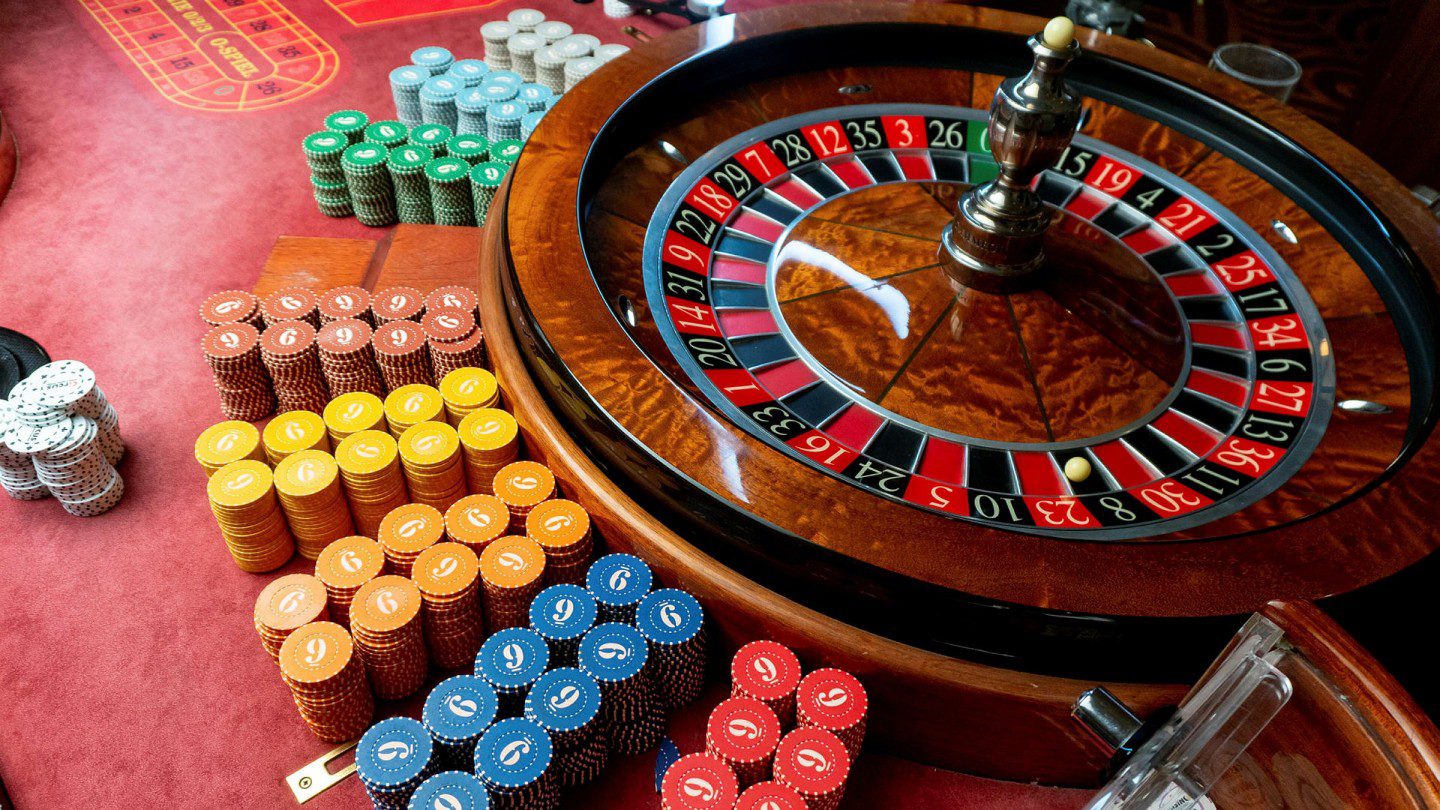
In a lively and thrilling world of gaming establishments, where luck and strategy intertwine, color and aesthetic play a pivotal role in attracting players. As soon as visitors step inside a casino or access a gaming platform, they are immersed in a sightly feast that grabs their attention and entices them to explore further. Bright colors, captivating graphics, and creative layouts are meticulously crafted to create an atmosphere of excitement and anticipation, ultimately improving the gaming encounter.
As players navigate through the dynamic landscape of casino games, they encounter a variety of designs that not only serve aesthetic purposes but also influence feelings and decision-making. Colors like scarlet and yellow symbolize riches and fortune, while soothing navy and greens can create a much relaxed environment. Understanding how these elements function together enables casinos to create an inviting and energizing atmosphere that encourages players to interact with the games, invest additional time at the tables, and increase their overall enjoyment.
The Psychology of Tint in Gambling Games
Tint plays a crucial role in the creation of gaming experiences, shaping player emotions and behaviors. Vivid and bold shades, such as crimson and gold, are often used to stimulate thrill and capture focus. These shades create a sense urgency and energy, encouraging participants to engage more readily with the experience. By intentionally selecting colors, creators aim to elicit feelings of joy and anticipation, which can enhance the total player experience.
Various hues also have psychological associations that can affect how gamblers perceive their possibilities of winning. Gacam888 For instance, green is frequently associated with luck and abundance, making it a well-liked choice in activities like roulette and poker tables. This connection can cause players to feel more hopeful and self-assured in their gaming, ultimately encouraging them to stake more. Comprehending these associations allows game developers to craft environments that enhance player satisfaction and retention.
In addition, the design of gambling game interfaces often employs color gradients and contrasting colors to instruct players’ responses. For case, successful combinations may be highlighted with striking, contrasting hues, creating a visual cue. This method strengthens successful results and promotes repeated gameplay. By utilizing the psychology of color, gaming venues can create activities that not only attract players but also keep them interested and dedicated in their gaming experience.
Creative Features that Engage Gamers
The aesthetic appeal of gambling games is primarily influenced by the use of vibrant colors. Lively and contrasting colors are strategically chosen to create an appealing atmosphere that captures interest. For instance, crimson and golden hues often signify good fortune and wealth, which is why they are prevalent in the color schemes of gaming machines and game surfaces. These colors not only draw players in, but they also stir emotions associated with thrill and expectation, enhancing the overall gaming experience.
In parallel to color, the design and organization of gambling games play a significant role in captivating players. Games are designed to be intuitive, ensuring that players can easily understand the guidelines and mechanics. User-friendly interfaces, along with engaging graphics and motion, help maintain gamer interest and promote extended play sessions. The tactile elements, such as the texture of the controls and the audio of the games, also add to a comprehensive sensory experience that keeps players engaged.
In conclusion, thematic elements in gaming design can greatly influence gaming decisions. Many gambling games are inspired by popular culture, fairy tales, or exploration motifs, incorporating symbols and characters that resonate with players. These themes create a sense of engagement and connection, making each game feel unique. When players feel a bond to the theme, they are more likely to choose that game over others, leading to increased participation and enthusiasm within the casino environment.
Case Studies: Effective Gambling Slot Designs
One noteworthy example of effective gambling game design is the popular slot machine series themed around popular movies. Games such as those based on the Wizard of Oz and Game of Thrones utilize bright colors and top-notch graphics to immerse players in recognizable narratives. The use of dynamic visuals and captivating sound effects grabs the focus of players, building an affective connection to the theme. This approach merely promotes longer play but also enhances the overall gaming experience, resulting in increased player retention.
Another notable case is the use of the psychology of color in table games like blackjack and roulette. Casinos often develop these games with dark reds and greens, colors traditionally associated with luck and wealth. For instance, the green felt on a blackjack table provides a soothing effect, while the red accents in the wheel invite anticipation. This deliberate use of color helps to foster an inviting atmosphere that encourages players to participate, fulfilling their psychological impulses and boosting their enjoyment.
Finally, social casino games that feature social features and bright, dynamic designs have experienced remarkable success in engaging players. Games like Zynga’s Poker and Slotomania leverage bright colors and playful animations to forge an inviting online environment. The integration of leaderboards, social sharing options, and in-app rewards promotes competition and community, attracting players in for longer sessions. Such designs merely make the games visually appealing but also emphasize social interaction, a crucial factor in player retention and engagement within online casino environments.
